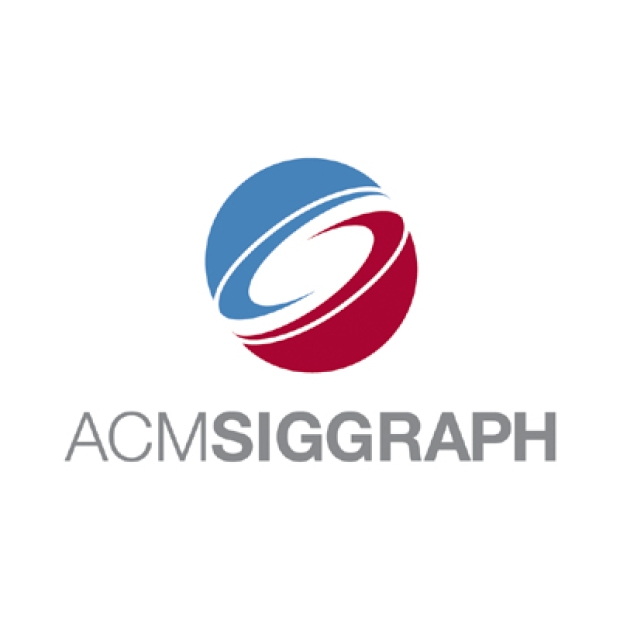SIGGRAPH 2025 is set to return to Vancouver next week, bringing together the global elite of computer graphics, interactive tech, and digital content creation. The conference is scheduled to run from August 10–14 at the Vancouver Convention Centre, the event will once again offer both in-person and virtual access.
Vancouver is no stranger to SIGGRAPH, with its dense concentration of VFX studios, game developers, and animation talent, the city’s creative ecosystem makes it a natural home for the 52nd edition. Its West Coast location also keeps things accessible for North America, Europe, and the Asia-Pacific region—while the hybrid format ensures that global participation continues, no matter where attendees are logging in from.
Now in its fifth decade, SIGGRAPH remains the premier conference and tradeshow for professionals working at the intersection of rendering, simulation, animation, AI, and real-time pipelines. While the pace of innovation has always been intense, artificial intelligence has kicked things into overdrive. But the mission is the same: bring together the people building the tools, doing the research, and pushing the visual envelope across entertainment, science, and design.
Artificial intelligence plays a central role again this year. From procedural world-building to machine-learned materials, it’s embedded in workflows across the board. Both academic papers and production sessions will explore how neural rendering, simulation, and intelligent asset generation are reshaping how work gets done—and how fast. SIGGRAPH’s focus stays the same: bring together the people building the tools, doing the research, and pushing the visual envelope in entertainment, science, design, and beyond.
The conference’s Technical Papers program remains one of SIGGRAPH’s crown jewels. This is where cutting-edge research meets real-world application, with peer-reviewed work spanning neural graphics, physically based materials, animation systems, geometry processing, and large-scale simulation. The level of rigor is high—acceptance rates are low—and the work often sets the agenda for graphics innovation in both academia and industry. Many of the breakthroughs first presented here go on to power commercial tools, engines, and rendering pipelines just a few years later. If you want to know where the future of computer graphics is headed, the Technical Papers track is where the groundwork gets laid.
Also returning is the well-regarded Physically Based Shading in Theory and Practice course, scheduled for Sunday, August 10. This session has become a staple at SIGGRAPH, bridging the gap between academic theory and hands-on production techniques. Presented by leading experts from Adobe, Intel, NVIDIA, Industrial Light & Magic, Sony, and Polyphony Digital, the course offers a comprehensive look at the state of the art in material modeling and real-time shading. Beyond technical fidelity, the real value lies in how these shading models empower artists—enabling faster iteration, more intuitive control, and consistent visual results from asset creation to final frame. For studios working across film, games, and real-time content, this course delivers production-ready insights with immediate impact.
Live demos will again take center stage with Real-Time Live!, where bleeding-edge tech gets stress-tested in front of a live audience. Whether it’s real-time ray tracing, XR storytelling, or GPU-powered scientific visualization, these sessions are where the risk meets reward. Complementing the main stage, the Immersive Pavilion, Labs, and Emerging Technologies will showcase hands-on prototypes, covering everything from haptics and robotics to spatial computing and AI-enhanced user interfaces. Expect contributions from R&D labs, experimental studios, and universities pushing the boundaries of interactive design.
On the industry side, participation remains strong. NVIDIA, a Visionary Sponsor this year, is taking a leading role with a packed lineup of talks, labs, and demos. A featured keynote by Sanja Fidler, Aaron Lefohn, and Ming-Yu Liu will highlight the company’s advances in AI-generated content, real-time simulation, and GPU acceleration. That keynote leads directly into NVIDIA’s inaugural RTX Rendering Day on Tuesday August 12th, where attendees will get a closer look at how neural rendering is transforming visual effects, animation, and virtual production. Expect real-world demos showing off the latest in NVIDIA RTX Pro hardware and software pipelines.
Other major sponsors including Adobe, Autodesk, Meta, and Christie are expected to bring their own innovations to the table, contributing through technical talks, product showcases, and workflow demos. Whether it’s AI-assisted design, collaborative cloud pipelines, virtual production toolkits, or immersive display systems, each company will be focused on reshaping how creative teams design, iterate, and deliver digital content at scale. With AI accelerating every part of the pipeline, from asset creation to final rendering, and real-time engines becoming the default in everything from virtual sets to scientific visualization, SIGGRAPH 2025 arrives at a pivotal moment. The lines between research and production are blurring fast. What’s experimental today could be studio-standard tomorrow.
For developers, artists, engineers, and decision-makers alike, this year’s conference isn’t just about what’s possible, it’s about what’s next. And in typical SIGGRAPH fashion, the future won’t just be discussed. It’ll be demoed, debated, and likely running in real time on a show floor workstation before the week is out.
Print this page
Published in
Graphics
Vancouver Wired for AI, Real-Time Graphics, and What’s Next
SIGGRAPH 2025 preview
World’s biggest graphics conference returns to Canada with a heavy dose of neural rendering, immersive tech—and a few surprises still under wraps.

